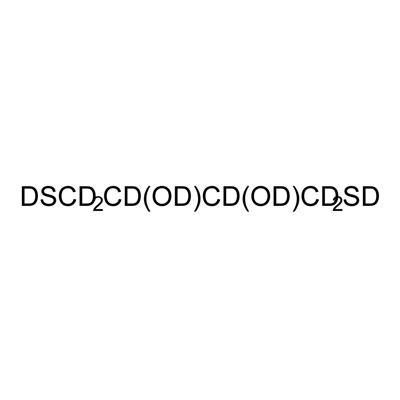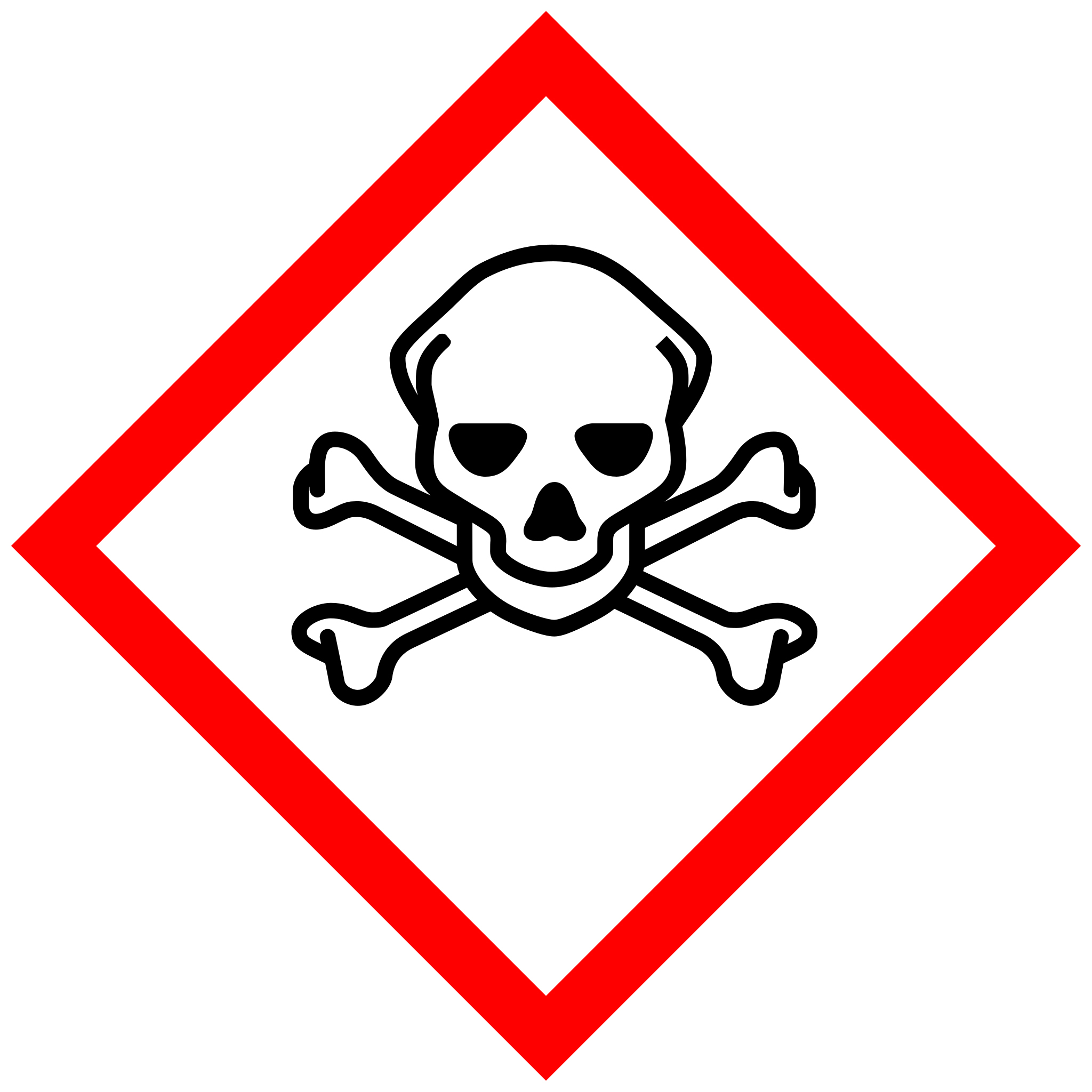Artikel-Nr.DLM-2622-0.5
DL-1,4-Dithiothreitol (D₁₀, 98%)


Synonyme(2S,3S)-1,4-Bis(sulfanyl)butane-2,3-diol; Cleland's Reagent; threo-1,4-Dimercapto-2,3-butanediol; DL-1,4-Dimercapto-2,3-dihydroxybutane; threo-2,3-Dihydroxy-1,4-dithiolbutane
FormelDSCD2CD(OD)CD(OD)CD2SD
CAS Nummer Labeled302912-05-6
CAS Nummer Unlabeled3483-12-3
EG-Nummer222-468-7
| Artikel-Nr. | Package size | Verfügbarkeit | List Price | Preis | ||
|---|---|---|---|---|---|---|
| DLM-2622-0.5 | 0.5 g | Geringer Lagerbestand | $1210 | Preis $1210 |
Eigenschaften
Molekulargewicht164.31
Reinheit98%
FormularIndividual
KonzentrationNeat
Anwendung(en)Biomolecular NMR, Proteomics
LagertemperaturStore refrigerated (-5 °C to 5 °C). Protect from light.
Beschreibung
Product Description
1,4-dithiothreitol, also known as DTT, is a water-soluble reagent commonly used in biochemistry. It acts as a reducing agent for disulfide bonds in protein studies and protects thiol groups from undergoing oxidation. It is also used prior to conducting SDS-PAGE analysis.
Application(s)
Informationen zur Sicherheit
Hazard Pictograms

Signal WordDanger
Hazard StatementToxic if swallowed., Causes skin irritation., Causes serious eye irritation., May cause respiratory irritation.
Bewertungen (0)
Es gibt noch keine Bewertungen.
Artikel-Nr.DLM-2622-0.5
DL-1,4-Dithiothreitol (D₁₀, 98%)


This item requires an export license
when the destination country is
CN (+Hong Kong),BY, IR, IL, LB, MO, PK, RU VE.
Synonyme(2S,3S)-1,4-Bis(sulfanyl)butane-2,3-diol; Cleland's Reagent; threo-1,4-Dimercapto-2,3-butanediol; DL-1,4-Dimercapto-2,3-dihydroxybutane; threo-2,3-Dihydroxy-1,4-dithiolbutane
FormelDSCD2CD(OD)CD(OD)CD2SD
CAS Nummer Labeled302912-05-6
CAS Nummer Unlabeled3483-12-3
EG-Nummer222-468-7
| Artikel-Nr. | Package size | Verfügbarkeit | List Price | Preis | ||
|---|---|---|---|---|---|---|
| DLM-2622-0.5 | 0.5 g | Geringer Lagerbestand | $1210 | Preis $1210 |
Eigenschaften
Molekulargewicht164.31
Reinheit98%
FormularIndividual
KonzentrationNeat
Anwendung(en)Biomolecular NMR, Proteomics
LagertemperaturStore refrigerated (-5 °C to 5 °C). Protect from light.
Beschreibung
Product Description
1,4-dithiothreitol, also known as DTT, is a water-soluble reagent commonly used in biochemistry. It acts as a reducing agent for disulfide bonds in protein studies and protects thiol groups from undergoing oxidation. It is also used prior to conducting SDS-PAGE analysis.
Application(s)
Informationen zur Sicherheit
Hazard Pictograms

Signal WordDanger
Hazard StatementToxic if swallowed., Causes skin irritation., Causes serious eye irritation., May cause respiratory irritation.
Bewertungen (0)
Es gibt noch keine Bewertungen.


 English
English Español (España)
Español (España) Français (France)
Français (France) 中文(中国)
中文(中国)